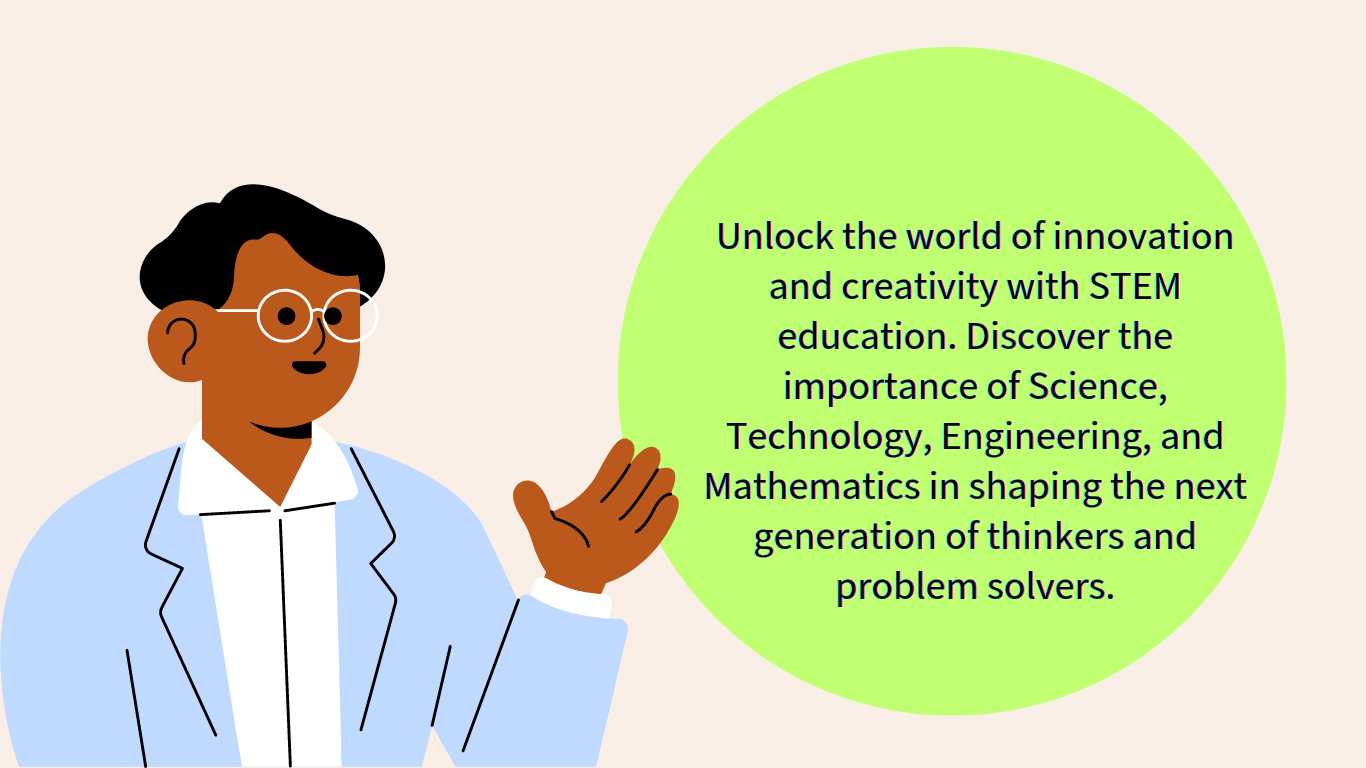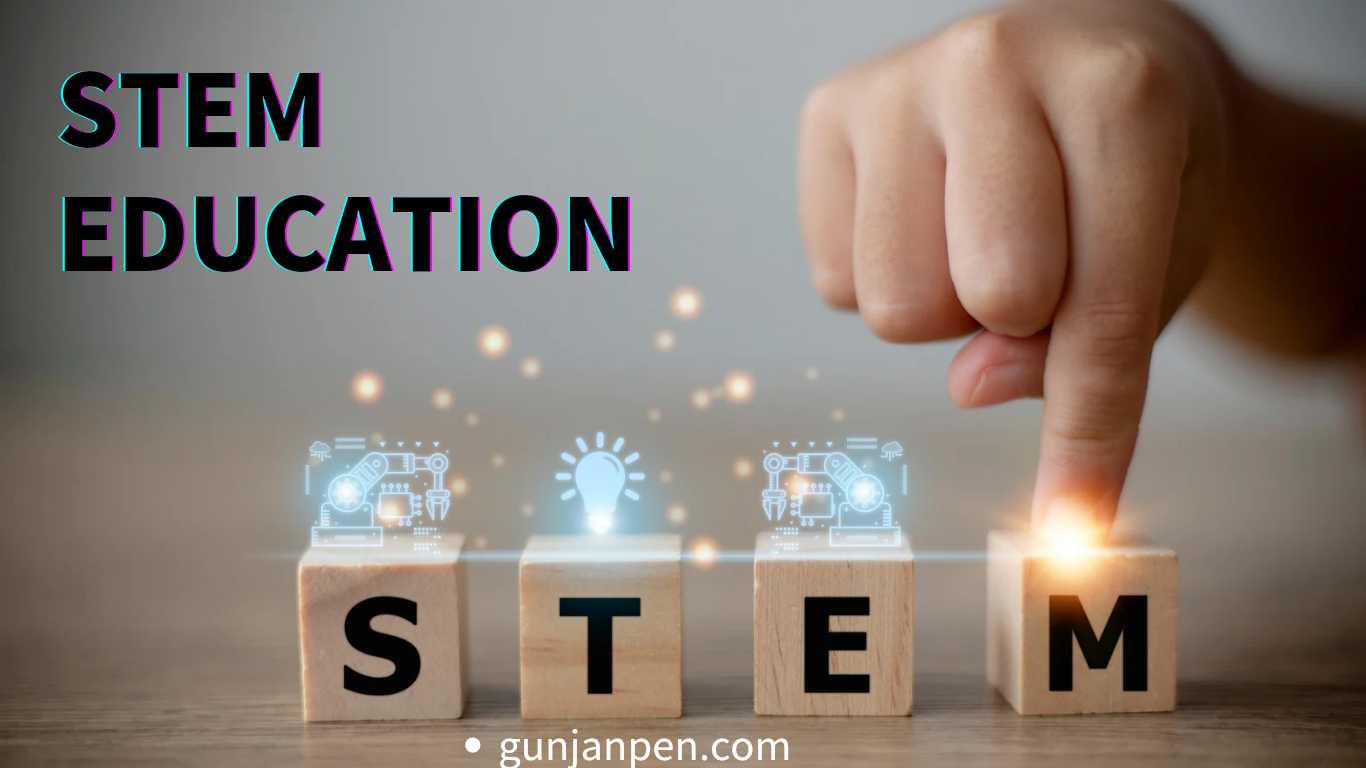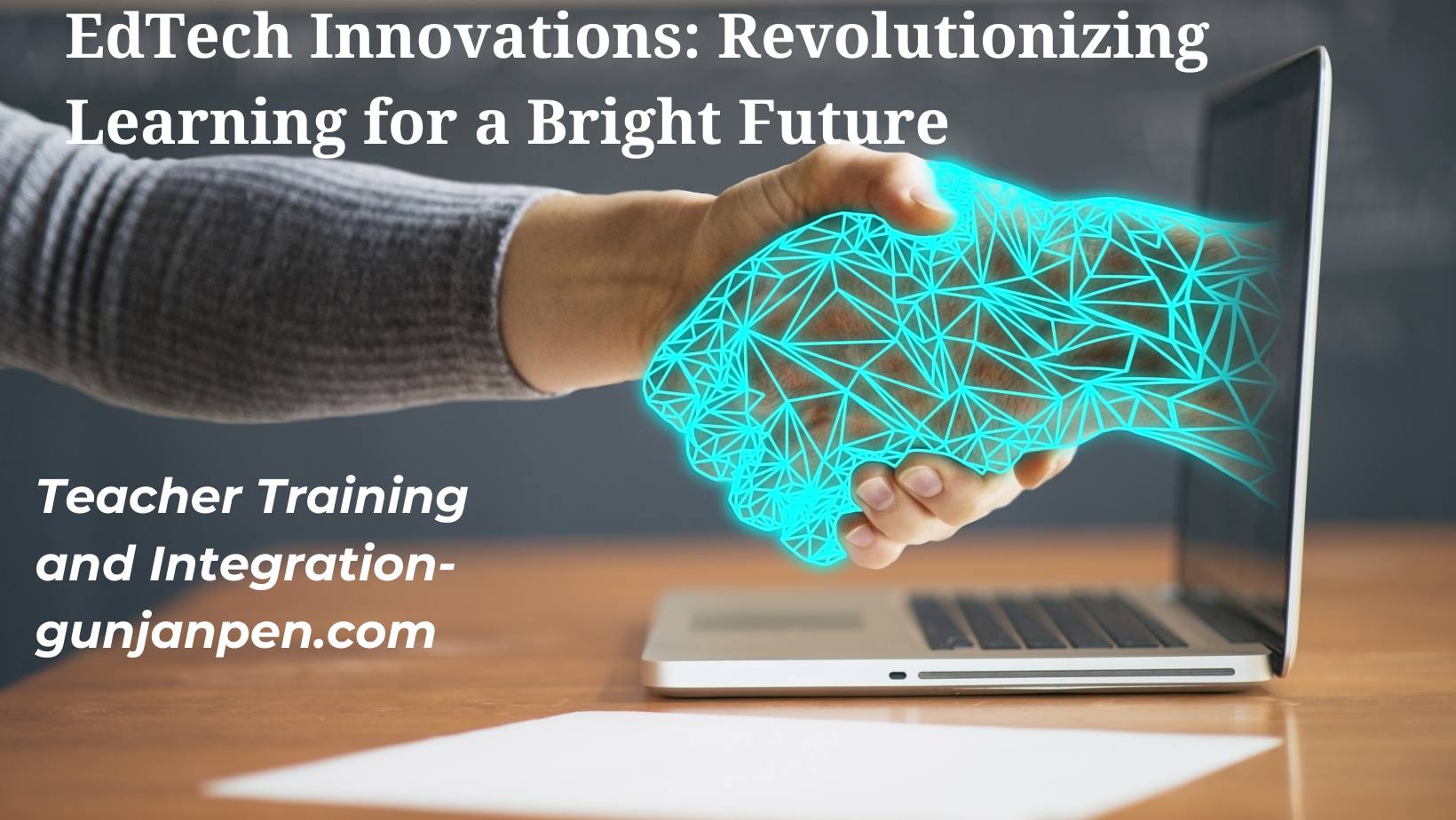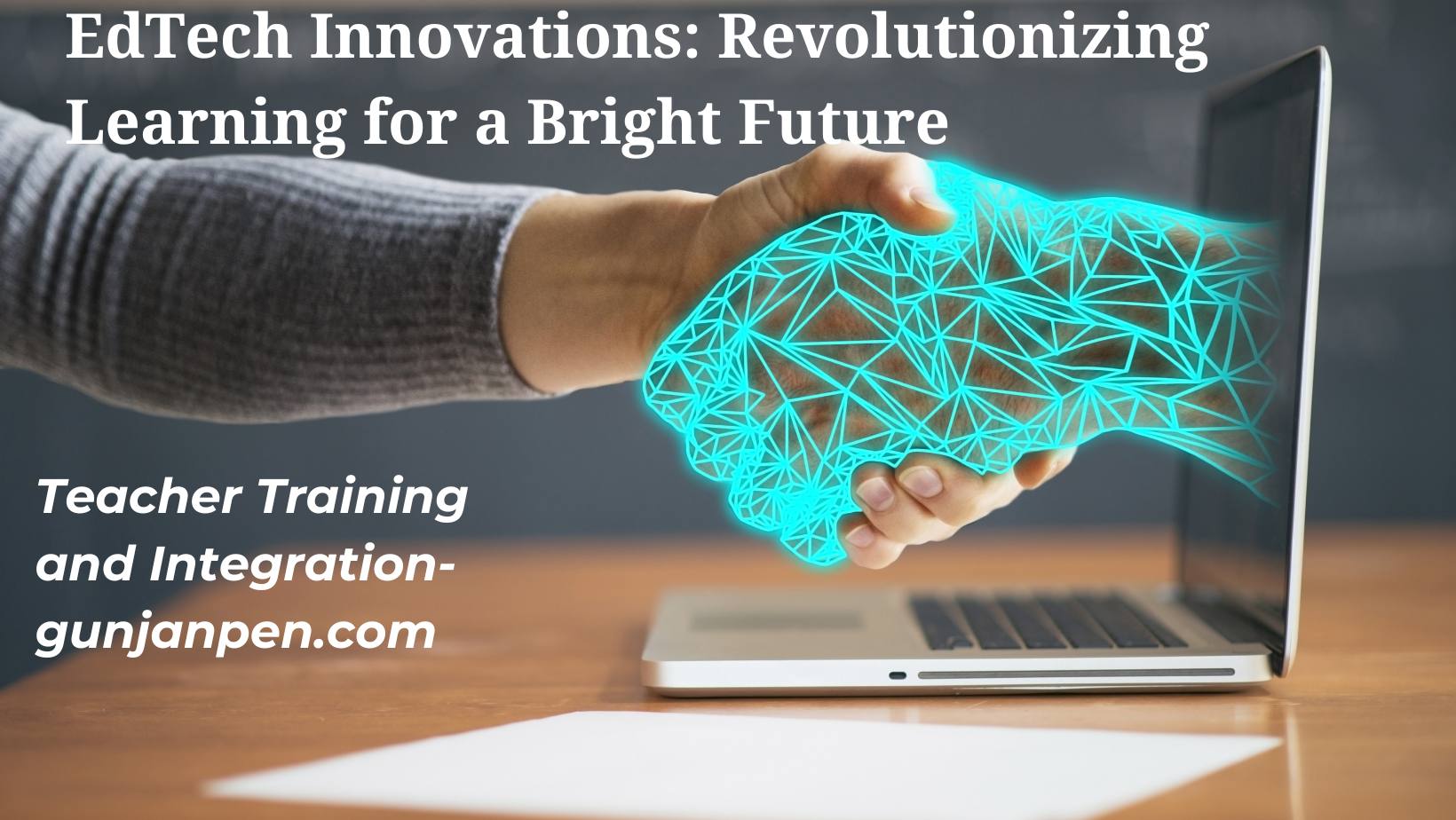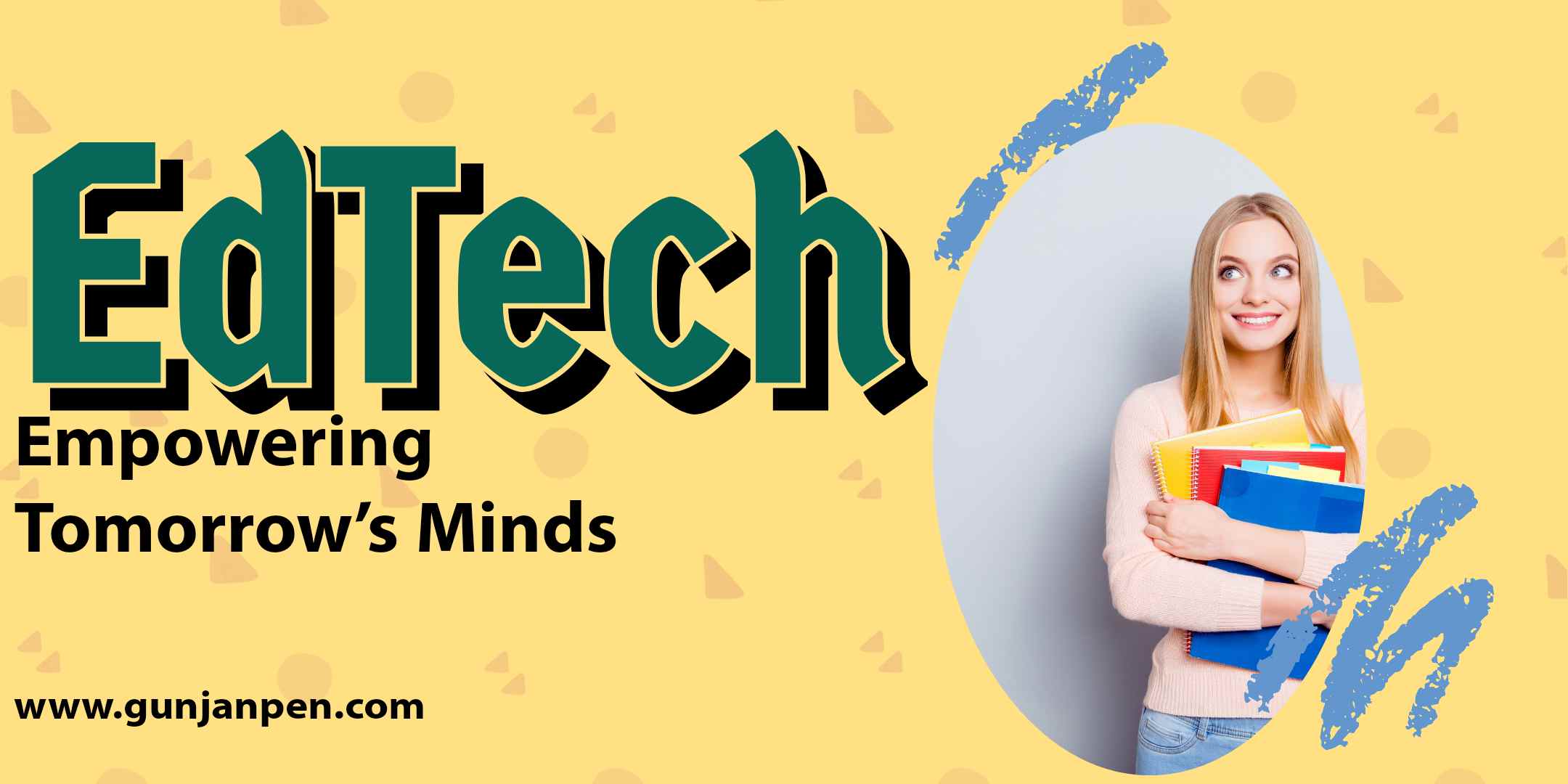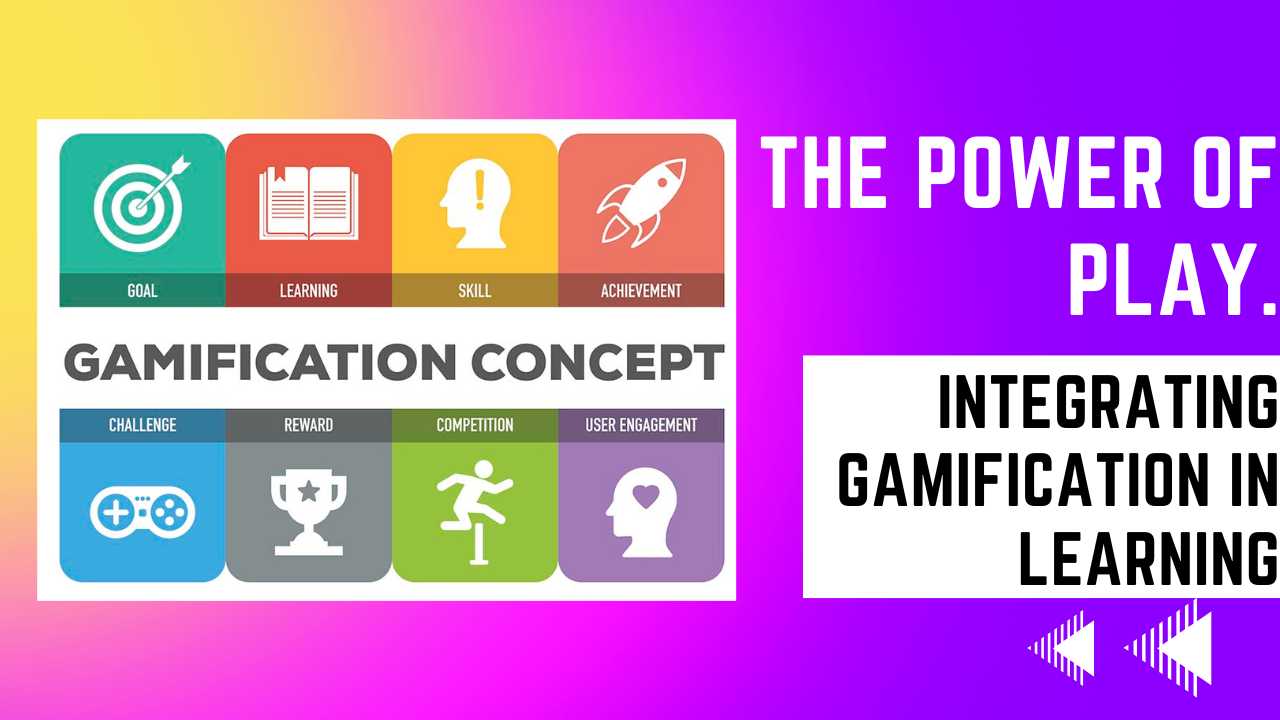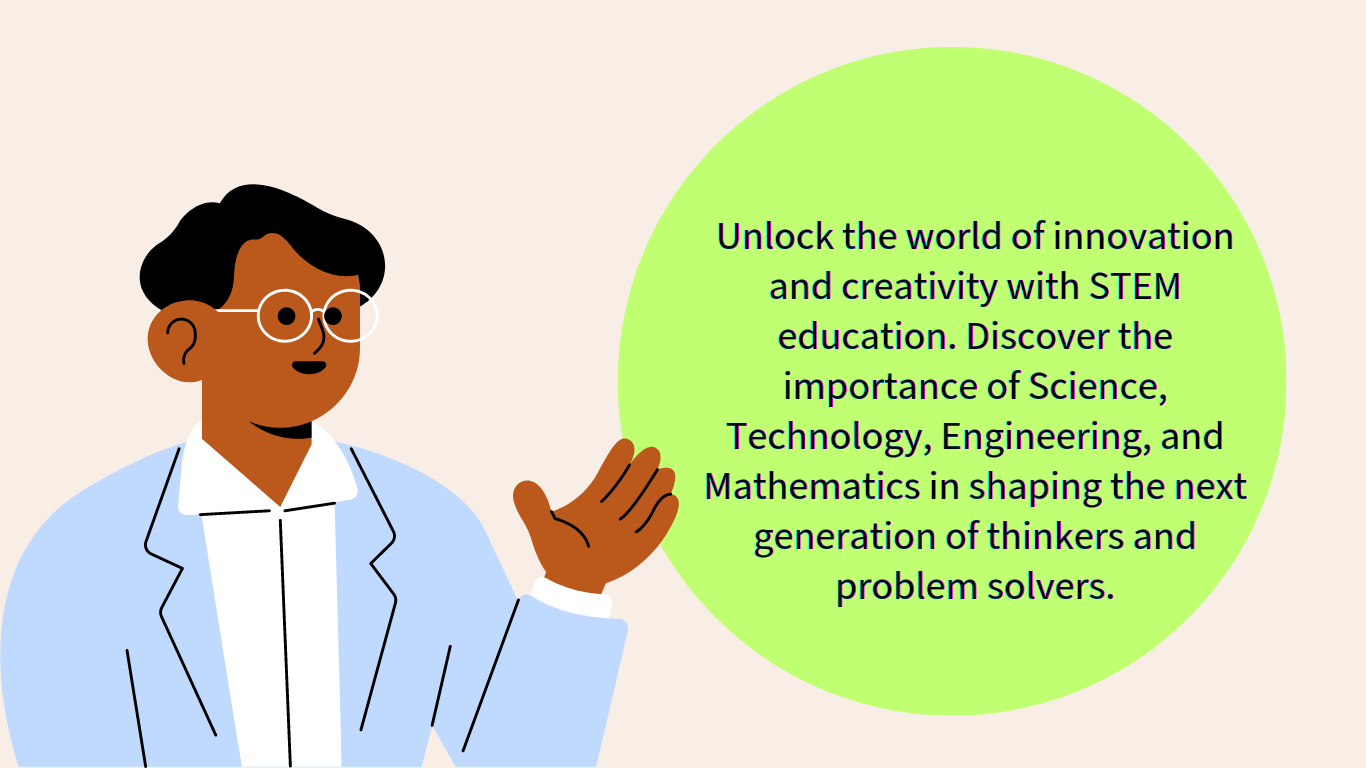Diversity & Inclusion in Education 2023: Celebrating Differences
Education has long been regarded as a powerful tool for shaping minds and fostering growth. In recent times, the focus on diversity and inclusion within educational institutions has gained significant momentum. This shift is not only a reflection of societal changes but also a testament to the acknowledgment that embracing differences leads to enriched learning experiences and a more harmonious world. In this article, we delve into the profound impact of diversity and inclusion on education, exploring how celebrating differences can reshape the educational landscape.

Introduction
In the dynamic landscape of education, the concept of diversity and inclusion has evolved from a mere checkbox to a cornerstone of progressive teaching methodologies. Recognizing and embracing differences among students, educators, and educational content has the potential to transform classrooms into vibrant hubs of learning and understanding.
The Essence of Diversity & Inclusion
Diversity encompasses a wide spectrum of identities, including but not limited to race, ethnicity, gender, socioeconomic background, and abilities. Inclusion, on the other hand, entails creating an environment where every individual feels valued, respected, and able to contribute meaningfully. The synergy between diversity and inclusion paves the way for holistic education that prepares students for a diverse world.
PEOPLE ALSO READ: Cultivating Global Citizens: The Impact of International Education
Benefits of Celebrating Differences
By celebrating differences, educational institutions foster a sense of belonging and enhance students’ interpersonal skills. Exposure to diverse perspectives nurtures critical thinking and empathy, skills essential for thriving in an interconnected global society.
Fostering Inclusion in Curricula
Integrating diversity into curricula helps students engage with a variety of viewpoints from an early age. History, literature, and other subjects gain relevance as they reflect a comprehensive narrative of human experiences.
Empowering Educators for Inclusive Practices
Educators play a pivotal role in shaping inclusive classrooms. Professional development programs that equip teachers with tools to cater to diverse learning styles create a more inclusive and effective educational environment.
Creating Safe Spaces for All
Safe spaces allow students to express themselves authentically without fear of judgment. Establishing such spaces within educational institutions nurtures self-confidence and nurtures a sense of belonging.
Promoting Multicultural Awareness
Cultural competency is a valuable life skill. Educational institutions should actively promote understanding and appreciation of different cultures to prepare students for a globally connected future.
Diverse Perspectives in Teaching Materials
Incorporating diverse perspectives in textbooks and teaching materials widens students’ horizons. It also challenges stereotypes and encourages critical examination of societal norms.
People also read: Elevating STEM Education: Strategies to Enhance and Embrace the Trends of 2023
Addressing Challenges to Inclusion
While progress has been made, challenges like implicit biases and unequal resource distribution persist. Acknowledging and addressing these challenges is vital to achieving true inclusion.
Collaborative Learning Across Cultures
Collaborative projects that bring together students from different backgrounds encourage teamwork and communication skills. Such experiences mirror real-world dynamics and enrich the learning process.
Inclusion Beyond the Classroom
Inclusion extends beyond classroom walls. Extracurricular activities, school policies, and interactions among students all contribute to the overall culture of acceptance and understanding.
Technology as an Inclusion Catalyst
Technology provides tools for personalized learning, accommodating diverse learning styles and needs. Digital platforms also enable remote access to education, promoting inclusivity.
Measuring and Evaluating Inclusion
Effective assessment methods are necessary to gauge the success of inclusion efforts. Tracking progress and using data-driven insights ensures continuous improvement.
Parental and Community Involvement
Inclusive education requires collaboration between schools, parents, and communities. Open communication and shared values create a united front in fostering inclusive environments.
Conclusion
The journey toward celebrating differences in education is a collective endeavor that holds immense promise. By embracing diversity and promoting inclusion, educational institutions lay the foundation for a more equitable and harmonious society, where individuals of all backgrounds can thrive and contribute meaningfully.
FAQs
How does celebrating diversity benefit students’ personal development?
Embracing diversity in education enhances students’ personal development by cultivating empathy, open-mindedness, and a broader worldview. Interacting with peers from different backgrounds fosters tolerance and understanding, while exposure to varied perspectives nurtures critical thinking and adaptability. These skills empower students to navigate an increasingly diverse and interconnected global society, preparing them for success in both academic and real-life scenarios.
What role do educators play in fostering an inclusive classroom?
Educators hold a pivotal role in creating an inclusive classroom environment. They facilitate open discussions, encourage respectful dialogue, and ensure that all students feel valued and heard. Educators adapt teaching methods to accommodate diverse learning styles, provide equal opportunities for participation, and address any instances of bias or discrimination. By modeling inclusive behavior and curricula, educators inspire students to embrace differences and contribute to a harmonious classroom community.
Can technology truly bridge gaps in inclusive education?
Yes, technology has the potential to bridge gaps in inclusive education. Digital tools can offer personalized learning experiences tailored to individual students’ needs and abilities. Online resources provide accessible learning materials for students with disabilities. Virtual classrooms also enable remote learning, extending educational opportunities to those who might otherwise face barriers. However, effective implementation requires careful planning to ensure equitable access and proper training for both educators and students.
What challenges do schools face in implementing inclusive practices?
Schools may encounter several challenges when implementing inclusive practices. Overcoming biases and stereotypes, addressing resource disparities, and fostering a supportive environment for marginalized students can be complex tasks. Resistance to change, lack of appropriate training, and limited access to diverse teaching materials can hinder progress. Additionally, ensuring that inclusive policies are consistently applied across all aspects of the school community requires ongoing effort and commitment.
How can parents contribute to creating an inclusive educational environment?
Parents play a crucial role in promoting an inclusive educational environment. They can engage in open conversations with their children about diversity and encourage them to embrace differences. Parents can actively support school initiatives that promote inclusion, such as attending diversity-related events and advocating for diverse representation in curricula. By modeling inclusive behavior at home and fostering a welcoming atmosphere, parents contribute to their children’s understanding and appreciation of diverse cultures and perspectives.
Tags
diversity & inclusion in the workplace, diversity & inclusion video, diversity & inclusion – love has no labels, diversity and inclusion training, diversity & inclusion moment, diversity and inclusion course, diversity and inclusion presentation, diversity and inclusion journey, diversity inclusion equity, diversity inclusion and belonging in the workplace, diversity inclusion equity training, diversity inclusion interview questions, diversity inclusion ted talk, diversity inclusion equity james lindsay, diversity inclusion and team working



